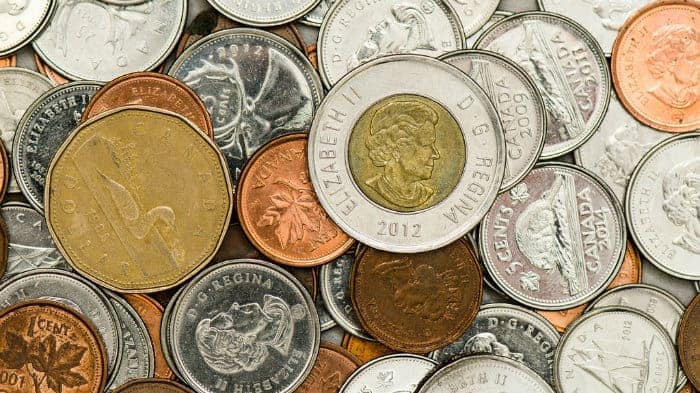The protracted slump in crude and the ongoing weakness of commodities over the last two years triggered a dividend crisis for Canadian investors. A raft of dividend darlings in the energy patch slashed or even terminated their dividends as they battled to shore up over-levered balance sheets and protect diminishing cash flows.
This wasn’t only restricted to energy stocks. Dividend cuts occurred across the TSX as companies sought to rein in spending as the economy tanked and earnings fell. This event taught investors an important lesson: not all dividend payments are guaranteed.
Essentially, they are just another part of a company’s discretionary spending. If times are particularly difficult, companies will look to reduce their dividend payments or even end them altogether if necessary. Despite an improving economic outlook, there are signs that this trend could continue.
Now what?
The biggest driver of dividend cuts is diminishing corporate earnings.
According to Statistics Canada, corporate earnings are deteriorating. Second-quarter 2016 data highlighted that corporate profits fell by just under 11% compared with the previous quarter and around 6% for the same period in the previous year. The hardest hit were non-financial industries where profits plummeted by 6% quarter over quarter and a worrying 14% year over year.
This can only mean one thing: there could be further dividend cuts on the way.
Not only will it be some time before energy companies consider reinstating or restoring their dividends because of weak crude, but there are signs that the dividends of other companies are unsustainable.
An example is Potash Corporation of Saskatchewan Inc. (TSX:POT)(NYSE:POT), which has already cut its dividend twice this year because of a sharp deterioration in earnings. Now, its third-quarter 2016 earnings plunged by 29% compared with the previous quarter and a whopping 71% year over year, its revised dividend payment for the first nine months of this year is almost double its net income.
When a company’s dividend payment substantially exceeds net income for a concerted period, it is likely that a dividend cut is on its way.
You see, the dividend payout ratio, which measures the ratio of dividend payments to net income, is one of the most important indicators of dividend sustainability. There are a number of monster dividend yields on the TSX where the payout ratio is well over 100%, indicating that they could be unsustainable.
One that stands out is Corus Entertainment Inc. (TSX:CJR.B), which yields a massive 10.5% but has a payout ratio north of 190%. Along with Corus’s pile of debt, which is worth almost 11 times its free cash flow, and growing pressure on earnings, this could force it to cut its dividend.
Even dividend staple Pembina Pipeline Corp. (TSX:PPL)(NYSE:PBA), which yields a very juicy 6%, could find itself under pressure with a payout ratio of 170%, particularly if its earnings deteriorate.
So what?
This makes it advisable for income-hungry investors to ignore those attractive monster yields and instead focus on companies that have a payout ratio of less than 100% and a long history of steadily growing dividend payments.
An excellent example is Canadian National Railway Company (TSX:CNR)(NYSE:CNI). It may only yield a modest 1.8%, but it has hiked its dividend for the last 20 years straight. This trend should continue because of its virtually unassailable economic moat which protects its earnings and its moderate dividend payout ratio.








